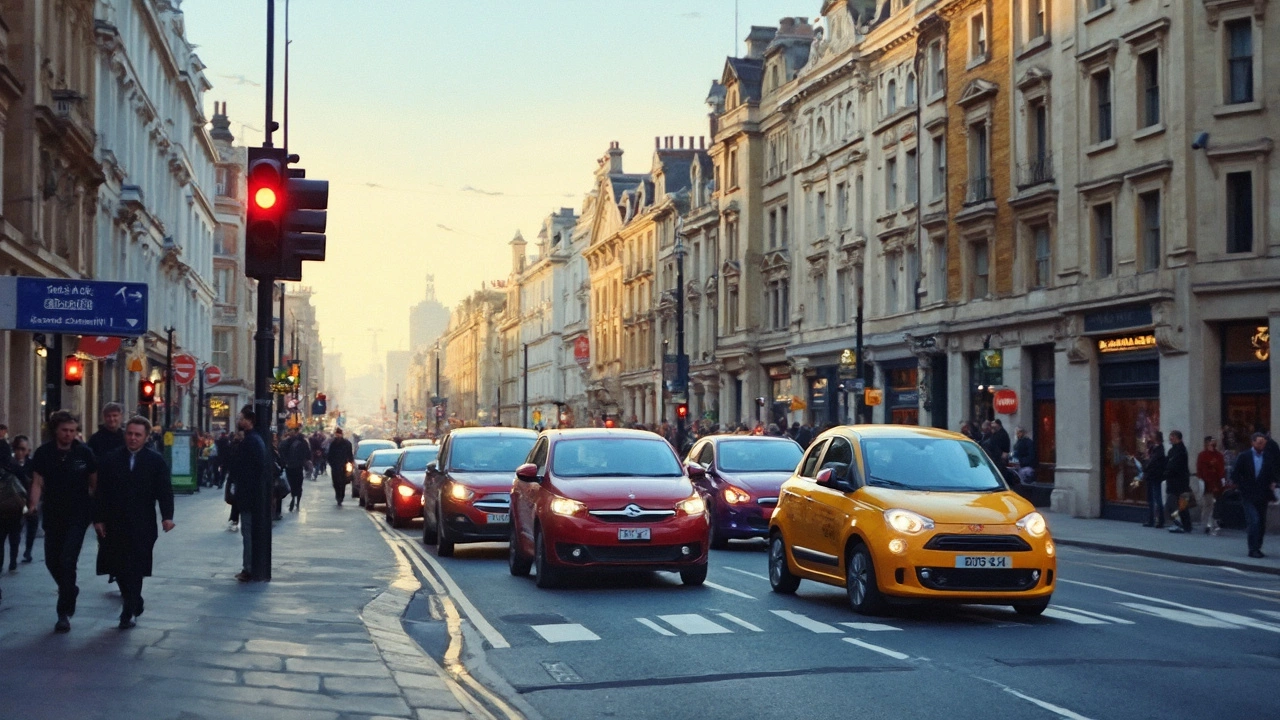Automatic Car Stopping: What It Is and Why It Matters
Ever wondered why your car seems to hit the brakes on its own when traffic piles up? That’s automatic car stopping – a set of electronic systems that step in when you need a quick slowdown. It’s not magic; it’s sensors, cameras and a bit of smart software working together to keep you from crashing.
How Automatic Stopping Systems Work
Most modern cars have a radar or lidar unit mounted in the front grille. It constantly measures the distance to the vehicle ahead. If the gap shrinks faster than a safe rate, the system sends a signal to the brakes. Some models also use a camera to read road signs or detect pedestrians, adding an extra layer of protection.
When the system decides to act, it applies the brakes just enough to reduce speed – not a full stop unless you’re about to hit something. The driver still feels the brake pedal press, but the force comes from both you and the computer.
When to Trust It – And When Not To
Automatic stopping shines in stop‑and‑go traffic, sudden slow‑downs on highways, and low‑visibility conditions. It gives you a buffer, especially if you get distracted for a second. However, it isn’t a substitute for attentive driving. Heavy rain, snow or a dirty front grille can confuse the sensors, so you must stay ready to brake yourself.
For HGV drivers, the principle is the same but the system has to handle a lot more mass. Many new trucks come with advanced Emergency Braking Assist (EBA) that can trim 30% of stopping distance. Knowing how it reacts can help you plan your gear changes and avoid abrupt jerks that stress the load.
Here are three practical tips to get the most out of automatic car stopping:
- Keep sensors clean. A film of mud or ice can dull radar readings. Wipe the grille and camera lens regularly.
- Don’t rely on it as an excuse to slack off. Treat the system as a safety net, not a replacement for your footwork.
- Test it in a safe area. When you first get a car with this tech, try a low‑speed stop in a parking lot to feel how much brake pressure the system adds.
Another common question is whether the system can be turned off. Most manufacturers let you disable it for a short period, like when you’re towing a trailer that might trigger false alerts. Just remember to switch it back on before you hit busy roads.
If you own an older vehicle without automatic stopping, you can still upgrade. Aftermarket brake‑assist kits are available, but they need professional installation and calibration. Skipping that step can lead to uneven braking or warning lights.
In the end, automatic car stopping is a powerful ally. It reduces rear‑end collisions, cuts wear on your brake pads, and can even lower insurance premiums if your insurer rewards safety tech. Pair it with good habits – checking mirrors, staying focused, and maintaining your car – and you’ll drive smoother and safer.
Got a specific question about your model’s system? Drop a comment below and we’ll help you sort it out. Safe travels!
- April 10 2025
- 0 Comments
- Rowan Cavendish
How to Stop Your Automatic Car Smoothly at Traffic Lights
Ever wondered how to stop your automatic car smoothly at traffic lights without the jerks? Learn the essential steps to mastering this everyday skill, plus the dangers of poor stopping techniques. Get tips on anticipating traffic light changes and maintaining your car for optimal performance.
- Driving Lessons (42)
- Driving Test Tips (33)
- HGV Training (31)
- Driving Test Booking (27)
- Driving Licence Renewal (24)
- Driving Theory Test (21)
- Intensive Driving Course (16)
- Pass Plus Course (15)
- Driving Tips (15)
- Driver Licensing (14)
Categories
- January 2026 (5)
- December 2025 (15)
- November 2025 (13)
- October 2025 (21)
- September 2025 (5)
- August 2025 (8)
- July 2025 (30)
- June 2025 (30)
- May 2025 (30)
- April 2025 (31)
- March 2025 (30)
- February 2025 (28)
Archives
- driving lessons
- driving test
- driving tips
- intensive driving course
- driving test tips
- HGV training
- learn to drive
- driving theory test
- driver training
- driving test booking
- pass driving test
- HGV driving
- road safety
- driving license renewal
- Virginia driving test
- learner drivers
- safe driving
- Virginia driver's license
- driving license
- learning to drive

